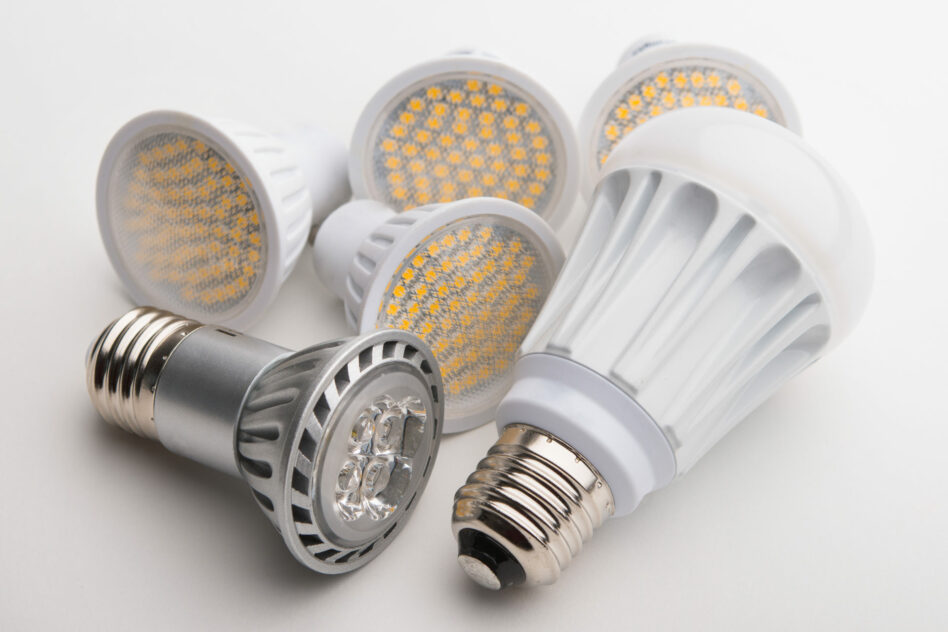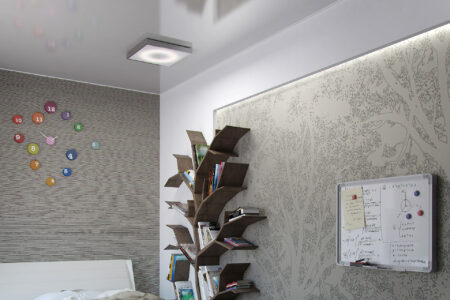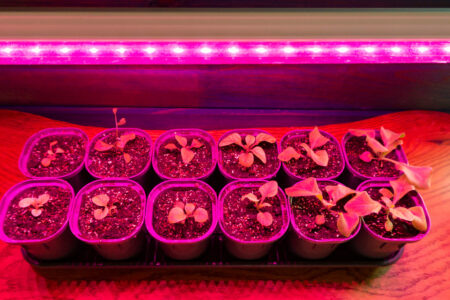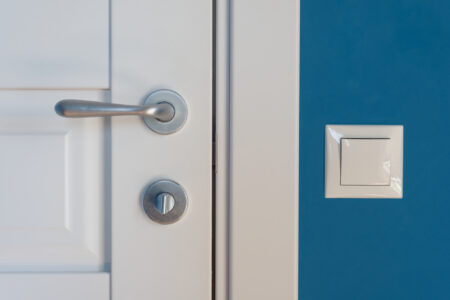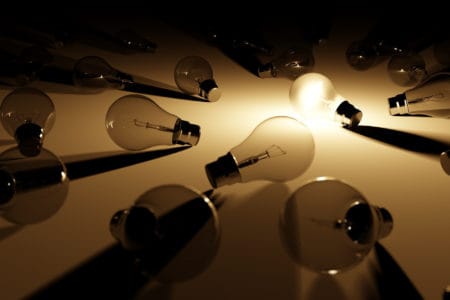Ever worried about your LED bulb emitting harmful gasses? You’ll be relieved to know they don’t. LED bulbs aren’t filled with gas like your standard fluorescent bulbs. If you’re looking for the specifics, here is some information you’ll find interesting.
What Is Gas Used For In Bulbs?
Before we understand why LED bulbs aren’t filled with gas, let’s first look at why it’s used inside most other light bulbs. Different variations of light bulbs contain chemicals in many forms, whether it’s solid or in a gaseous state.
Theses light bulbs contain gas:
- Incandescent Bulbs
- Halogen Bulbs
- Vapor Lamps
- Fluorescent Tubes
Let’s go over the primary applications of the gasses used in these light sources in more detail.
Incandescent Light Bulb – Argon Gas
Argon gas is commonly used to increase the lifespan of incandescent bulbs. This gas prolongs the thin filament inside the bulb, which produces visible light. Argon basically prevents the chemical elements of the filament from burning too quickly due to heat build-up.
The gas isn’t toxic if you’re wondering. It’s completely inert, and the amount of gas in the bulb isn’t enough to make it harmful.
Halogen Bulb – Iodine and Bromine Gas
Following the design of incandescent light, halogen bulbs also include a filament to produce light. This time, the filament is enclosed in a quartz capsule. The capsule replaces argon gas to reduce the rate at which the filament burns up.
What you’ll find fascinating about this bulb is that the filament burns without going black. The incandescent bulb would continue to vaporize its filament until it visually starts to blacken. It’s quite the opposite with halogen light.
The bulb contains small amounts of iodine and bromine, which replace the halogen gas. The chemical reactions caused by the combination of evaporated tungsten in the filament and the gas prevent the bulb from getting dark.
Vapor Lamp and Fluorescent Tubes – Mercury and Sodium Gas
Vapor lamps are the types of light you’ll usually find on the sidewalk, the typical street lamp. These lamps need to vaporize an element to illuminate an area at great distances.
As part of their components, sodium vapor lamps use metallic sodium combined with neon and argon gas. Once sufficiently heated by electricity, the sodium vaporizes and blends with the other chemicals creating a bright yellow light. Mercury vapor lamps generally have the same principle but produce ultraviolet light.
Similarly, fluorescent tubes contain vaporized mercury gas that, when powered, is converted to electrically charged atoms, causing it to glow.
Why Aren’t LED Bulbs Filled With Gas?
Unlike the mentioned light sources, an LED or light emitting diode doesn’t need gas to create light. The unique way LEDs produce light is where the similarities end between most modern light bulbs. The LED functions using electronic components to create light.
How Do LED Bulbs Work? Why Don’t They Need Gas?
An LED contains a diode that allows electric current to flow in one direction and produce light efficiently. This diode is a chip with special semiconductors. It’s even adjustable; you can control the brightness or color if the LED you’re using allows it.
Simply put, semiconductors are materials that partially conduct electricity. A similar material has positive and negative charges. So when we power an LED bulb, the electricity goes through the material, and the area of the semiconductor switches between both negative and positive energies, creating an alternate cycle.
The cycle results in a glow, explaining how these bulbs emit light. While most bulbs use argon to reduce heat produced by the light, an LED contains a heatsink.
The heatsink is used to draw away heat from the LED through connectors in the bulb. Just like your computer, some LED heatsinks include additional cooling fans. But if you’re energy-saving, you may have to do without one.
Why Are LED Bulbs Different?
LED bulbs are solid-state lighting. While electricity passes through a semiconductor inside LEDs, the filament in traditional incandescent bulbs can only produce light when it reaches enough heat to start glowing. This method uses up more energy and wastes as much without direct control of the flow of electricity.
The same can be said for fluorescent tubes and lamps relying on gas to produce light. We know that the combination of gasses gets converted to light. In this case, the energy produced has the same problem because you can’t control the amount or direction of the wasted energy.
How Are LED Bulbs Used?
LED bulbs come in different kinds for diverse uses. The most commonly used type of LED is an A-Shaped light bulb. You’ll find this in your standard household appliances such as desk lamps or the living room light source.
The good thing about A-shaped bulbs is that you wouldn’t have to replace your traditional bulb sockets to use them; they’ll fit right in.
The next type of LED is a reflector-shaped light bulb. We use this kind of bulb to direct light beams in a specific direction, like car headlights or spotlights. Unlike other reflector bulbs, LED reflectors utilize chips that help direct light beams much more efficiently.
Do Some LED Bulbs Contain Gas?
Yes; strangely enough, some types of LED bulbs contain gas like traditional bulbs. If you want an LED light bulb with the same aesthetic as traditional incandescent bulbs, filament LED bulbs are just the thing you’re looking for.
These bulbs are often used for decoration purposes only because they’re costly and not energy-efficient. Unlike incandescent bulbs, which use argon gas, filament LED uses helium gas. Helium is a better heat conductor and helps cool the chip inside the bulb. This means that the bulb will need smaller heatsinks.
Where a regular LED bulb is encased in a shell partially made of glass, and the rest is made of plastic, filament LEDs don’t have that plastic part. They’re entirely glass like traditional bulbs.
Inside the bulb is a string of tiny LED chips on wires. Their appearance mimics the way a filament looks like. If you fancy retro-styled decorations, you may find filament LED bulbs a good choice for replacing incandescent bulbs.
